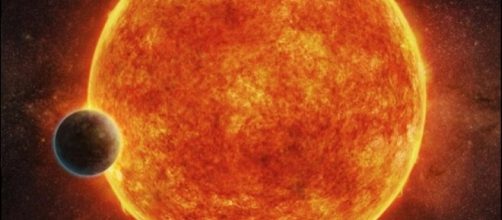A newly discovered planet known as LHS 1140b has been found and it is located in the Goldilocks zone around its star. It is another Earth-like planet that astronomers have found, but it is much larger than our planet. This new planet is located relatively close enough to Earth, at least in terms of distances in space, where it could be picked by life detecting sensors here on Earth.
How was the planet discovered?
MSM reports that the first noticeable signs of planet LHS 1140b were actually recorded back in 2014 but no one picked up on them. It was not until Jason Dittmann, who at the time was with a graduate student at the Harvard-Smithsonian Center for Astrophysics, looked at the data that anyone noticed.
Dittman, who is now a postdoctoral fellow at the Massachusetts Institute of Technology (MIT), re-analyzed the data and noticed something that he thought warranted further investigation.
Naturally, Dittman wanted to confirm his findings, so he and his team recruited three academic telescopes to search the night sky. They also got an amateur in Perth, Australia to watch the night sky whenever bad weather got in the way of the academic telescopes. This joint exercise paid off as Dittman and his team found the planet that is now known as LHS 1140b. Their findings were then published in the scientific journal Nature.
What is the planet like?
LHS 1140b appears as a small, fat looking planet orbiting a dim dwarf star.
In reality, it is almost seven times more massive and one and a half times the size of Earth. It is also believed that the planet is likely made up of mostly rock and takes twenty-five days to orbit around its sun. It also receives enough light from its sun to allow for liquid water, which is a prerequisite for life. Another positive in the hunt for life is that LHS 1140b has a very mild and similar temperature to Earth.
It is only 39 light years away from Earth, which is only 2.293e+14 miles, so it is relatively nearby. This makes the planet close enough to us that two advanced telescopes, which are currently under construction in Chile, might be able to detect oxygen molecules crowding around LHS 1140b. The James Webb Telescope, which NASA plans to launch next year could also do this job. This is important as there have been around 20 Earth-sized worlds that could have liquid water that have been discovered, but most are too far away that it would be very difficult to study them.

